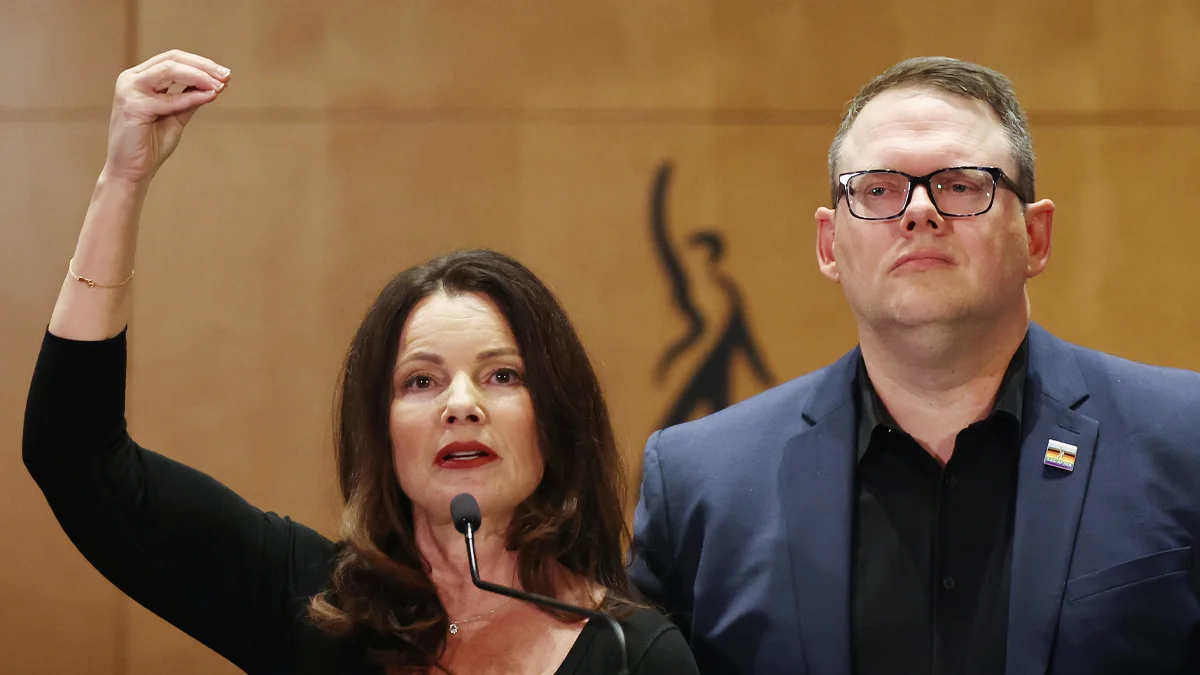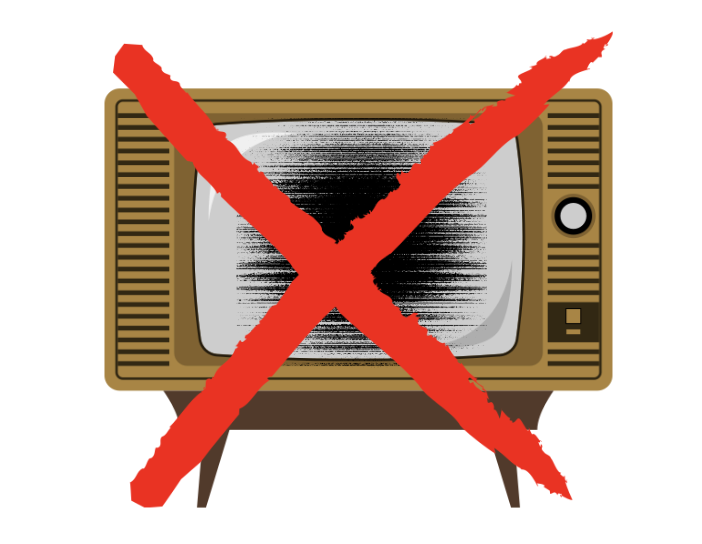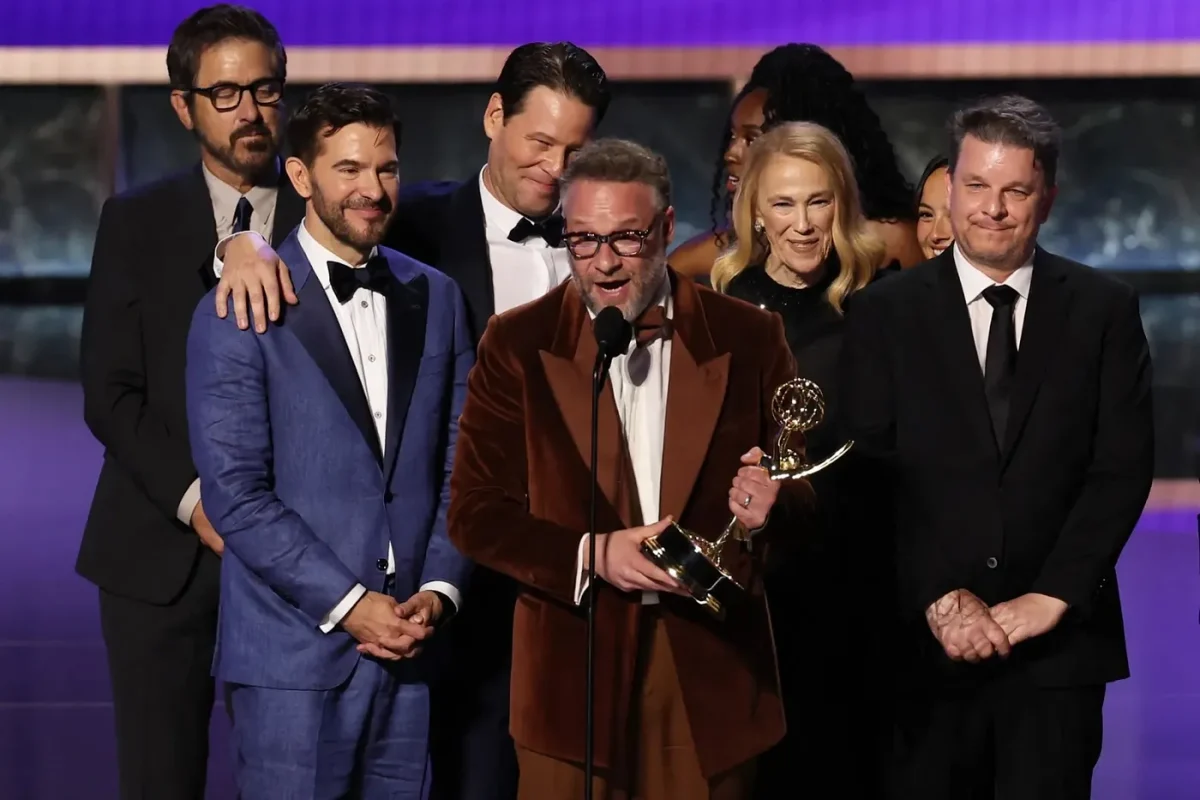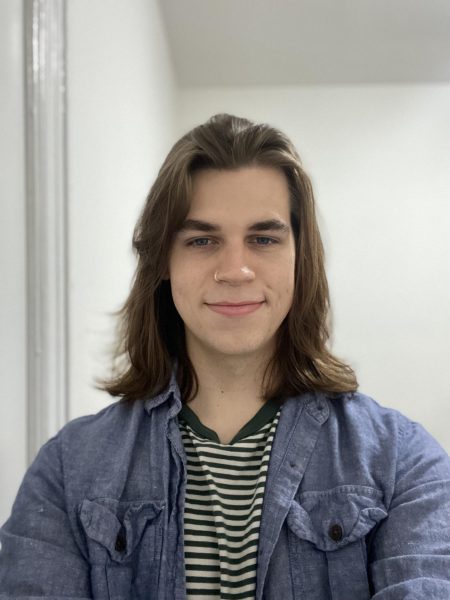One of the lengthiest strikes in Hollywood history ended on Thursday, Nov. 9 after the board of the Screen Actors Guild – American Federation of Television and Radio Artists (SAG-AFTRA), the union representing over 100,000 actors and production personnel, reached an agreement with production studios. The strike’s end allows for the production of TV and movies to resume after an extended hiatus, and SAG-AFTRA members have until Dec. 5 to vote on whether to ratify the new contract or continue striking. “I feel pretty confident in saying this is a paradigm shift of seismic proportions!” wrote SAG-AFTRA president Fran Drescher.
The strike, which was the longest in SAG-AFTRA history, started on July 14 and lasted for 118 days in total. Striking actors walked off set and picketed in the streets of Los Angeles and New York City demanding changes to how actors receive compensation in the era of streaming. In the past, when cable TV was the primary entertainment medium, actors would receive payment every time a show or movie that they starred in was aired. However, that model completely fell apart when streaming companies like Netflix and Hulu took over the entertainment industry, leaving actors with increasingly small residual payments.
The new contract negotiated by the union includes increases in residuals from streaming platforms and healthcare funding for its members. Among other benefits, the deal also prevents studios from using the likeness of actors in AI generated content without their consent, a crucial ask that the union emphasized from the start of the strike. “We were really looking to not only increase, but also to change the way that money is distributed in the streaming system,” said union negotiator Duncan Crabtree-Ireland.
Despite concessions made by the Alliance of Motion Picture and Television Producers, the group in charge of negotiating on behalf of major production studios, not all SAG-AFTRA members were excited about the deal. Actress and SAG-AFTRA member Justine Bateman took to X (formerly Twitter) to explain her concerns about the AI provisions in the contract writing, “An #AI object is not a performer. In the #SAG tentative deal, “synthetic performers” are permitted to take jobs from human actors. They are amalgamations of 100 years of performances, but they are NOT performers.”
In response, union leadership has attempted to reassure its members that the newly negotiated contract is sufficient and dispel worries that it doesn’t go far enough. “Sadly there have been some naysayers who have exploited this momentum of ours,” Drescher said, likely alluding to Bateman.
Much of the strike coincided with a another strike launched by the Writers Guild of America (WGA), the union representing most of the script writers in Hollywood. Although the WGA strike ended in late September, the disruption caused by both unions striking at the same time sent massive shockwaves through the entertainment industry. While both unions engaged in separate contract negations with production studios, many of their demands overlapped, such as increased pay and limits on the use of AI technology.
Both the WGA strike and the SAG-AFTRA strike pose questions about the future of Hollywood will look like. The dominance of streaming services has allowed viewers to scroll through an abundance of TV shows and movies but has left the creative minds in charge of creating that content stretched thin. “I want my fair share of residuals that have diminished as we went from networks to these little things called the streamers and streaming on the interwebs. The studios saved all that money when they didn’t have to make VHS and DVDs and Blu-rays and ship them to those stores like Borders and Circuit City,” said actor Parvesh Cheena during a strike outside of the headquarters of Amazon.
Although production has resumed in Hollywood, there is still a feeling of uncertainty with both actors and producers about the trajectory of the entertainment industry. The potential for use of AI in the movie making business is still unknown, and its clear that the predominance of streaming platforms isn’t going anywhere anytime soon. But what the labor actions in the entertainment industry do reveal though, is that actors and writers want a say in what is being made and how its being made, and production studios will be forced to reckon with that reality in the coming years.







